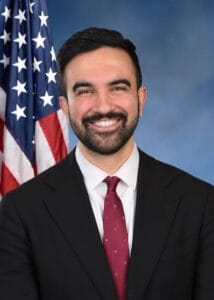Iran closes schools, govt offices amid freezing weather, gas shortages
In response to plummeting temperatures and widespread gas shortages, authorities in 26 Iranian provinces have ordered the closure of schools and government offices to manage energy consumption.

In response to plummeting temperatures and widespread gas shortages, authorities in 26 Iranian provinces have ordered the closure of schools and government offices to manage energy consumption.
The decision affects schools at all levels across 23 provinces, which will switch to remote learning on Monday, December 26. Government offices in most of these provinces will also remain closed.
“We made this decision to ensure that we manage energy efficiently and prevent a significant drop in gas pressure across the national grid,” said a provincial official, explaining the urgent measures taken to address the crisis.
In specific regions like Khuzestan, schools in 22 cities have been shut down, while in Kerman, eight cities are affected. In Yazd, only elementary schools are closed. Severe cold, dust storms, and pollution were cited as additional reasons for the closures.
Hassan Mousavi, spokesperson for the National Iranian Gas Company, revealed that on Saturday alone, approximately 850 million cubic meters of sweet gas were injected into the national grid. “Of this, 601 million cubic meters—about 71%—were allocated to residential, commercial, and small-scale industrial users,” Mousavi said. He also noted a 17% increase in gas consumption in these sectors compared to the same period last year.
Despite these efforts, challenges persist. Mousavi admitted, “The aging infrastructure of our gas network leads to significant losses, and this complicates our ability to meet growing demand.” He did not specify how much of the injected gas is allocated for exports to Turkey and Iraq or used in power plants and large industries, including petrochemicals.
Reports of gas cuts or reduced pressure have emerged from provinces such as East Azerbaijan, Razavi Khorasan, South Khorasan, Ardabil, and Mazandaran. Authorities have also warned of potential disruptions in gas supply in northern provinces, where temperatures have dropped to as low as -20°C in some areas.
Iranian President Masoud Pezeshkian has called for collective action to address the crisis. “I urge all citizens to lower their home temperatures by 2°C to help stabilize the system,” Pezeshkian said in a televised address. In addition, several government officials have released video messages emphasizing the importance of energy conservation.
Oil Minister Mohsen Paknejad assured the public that “all major pipelines and pressure stations are operational.” However, he acknowledged that the extreme cold gripping the northern half of the country is straining the system. “We are doing everything possible to ensure uninterrupted supply, but this requires cooperation from everyone,” Paknejad stated.
The crisis highlights Iran’s growing energy challenges and the urgent need to modernize its gas infrastructure to prevent recurring shortages during harsh winters.













